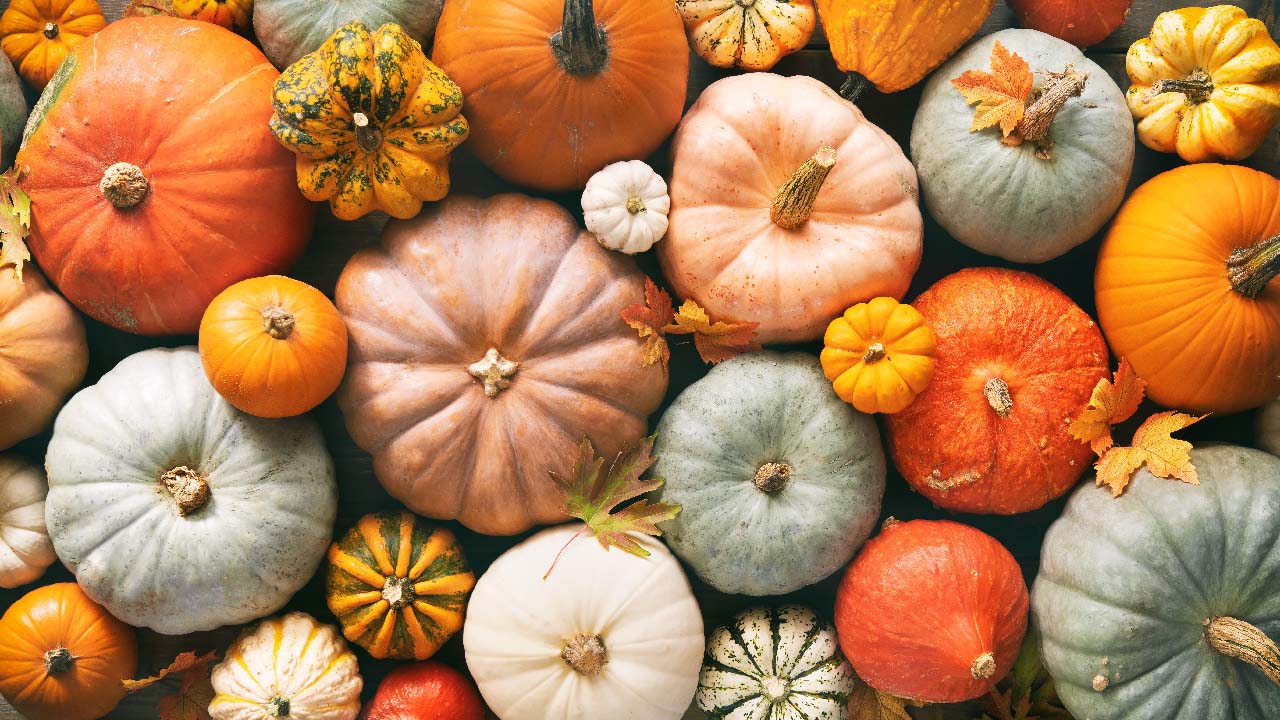Fall Gardening for Beginners
Oct 25th 2023
Fall is the best time for gardening. If you missed planting a summer garden and now want to get a fall garden in before winter, we have got you covered. It's a perfect time to make the necessary preparations for cold weather. In most climates, fall is the last chance to harvest before winter. Mild weather creates an ideal environment for new growth. Also, growing fall plants right can add unmatched beauty and color to your garden.
In this blog, our gardening experts have shared fall gardening tips to help you get the most out of your garden this autumn. Let's begin!
Fall Gardening Tips for Beginners
Here are crucial steps you should take to start a fall garden.
Harvest Summer Crops
The first step to start fall gardening is to make room for it by clearing out summer vegetables. You must harvest summer crops when they're ripe to enjoy their best flavor and create space for fall vegetables. Fall fruits and vegetables require different care and maintenance than summer crops. You can prepare the soil by removing the summer crops.
Cucumbers, tomatoes, corn, okra, zucchini, peppers, watermelon, and eggplant are common crops gardeners should harvest at the end of summer.
Clean Out the Garden
It is essential to perform a fall garden clean-up to ensure your garden's long-term health, especially in the upcoming chilly season. When cleaning out a garden and preparing it for fall, start by removing any plant support materials such as tomato cages, trellises, or bean poles. Clean these support items by spraying a solution of water and bleach to kill any infectious agents that might be hanging on them.
Furthermore, remove annual crops that are not producing or that are severely pest infected.
Remove Weeds
The next crucial step to preparing your fall garden is to pull all weeds that emerge during summer. Fall is the best time to remove biennial weeds as long as they are still in the delicate rosette stage. It is recommended to moisten the soil with water and then use a hand weeder to remove roots instead of pesticides.
Prepare the Soil
Soil quality is a crucial factor when planning a successful fall garden. Once you have removed summer plants, it's time to prepare your soil and replenish soil nutrients. Healthy soil is necessary for a healthy garden. If you're unsure about the condition or quality of your soil, consider doing a soil test.
Add 1 inch of compost or organic fertilizer to your garden soil to provide extra nutrients to crops and boost their health. Compost is made up of organic matter that is broken down into soil-like substances.
Mulch Around Plants Properly
Mulching in autumn has many benefits, from avoiding soil erosion to controlling weeds to protecting plants from temperature changes and moisture loss. Pine needles, fallen leaves, grass clippings, and straws are excellent organic mulches for adding nutrients to soil.
Adding a thick layer of mulch is advisable to keep your cool-weather plants healthy in the fall and winter.
When to Plant Crops for the Fall
Fall gardeners can prepare a garden for a bountiful harvest by choosing the best crops for their locations and planting them at the right time. Fall planting requires a little early planning. First, you need to find the average frost date in your area and calculate backward the number of days your plant will take to mature.
You can look at the seed packet of the plant to see the "days to maturity." It will help you determine when you should plant the seeds. Next, go back to 15 days more to consider the “Fall Factor.” This term describes the fact that plants grow more slowly in fall than in peak summer because days are shorter. Check with your local nurseries to get plant suggestions and tips for growing fall crops.
Best Fall Garden Crops
The fall garden includes spring crops and several others that thrive in the cooler temperatures. Here is the list of the best fall garden crops you should consider:
- Carrots
- Beets
- Beans
- Onions
- Broccoli
- Garlic
- Cauliflower
- Brussels Sprouts
How to Extend Growing Season in Fall Garden
Extending the harvesting season in the fall garden allows you to enjoy fresh vegetables for longer and in more varieties. Here are the simple tips you should consider extending your growing season and make fall vegetable gardening easy.
Keep an Eye on Frost Dates: Count back the maturity days of plants while planting a fall garden. It would be best to keep an eye on frost dates. Every two weeks, allow multiple plantings and the last planting's harvest to be completed by the end of November. You can extend growth by protecting the plants from icy rains and frost with frost fabric.
Give Plants Adequate Sunlight: Sunlight is very important for your fall vegetable garden. Your fall crops should receive at least six hours of direct sunlight. However, if you have to plant something in the shade, do it with leafy greens because they can handle less sunlight.
Benefit from Cold Frames: A cold frame is a wooden box with an old window frame and intact glass on top. It is built on top of the ground. You can grow seedlings and greens in this frame for most of the year.
Choose the Best Regionally Adapted Plants: Choose short-season varieties of plants that will grow well in your region. You can visit a nursery or local extension service to find regionally adapted plants. They will guide you on which crops grow best in your area and the fall season.
If you need any gardening tools and accessories, visit our website or feel free to reach out at 1-800-522-3747 for any product queries.

